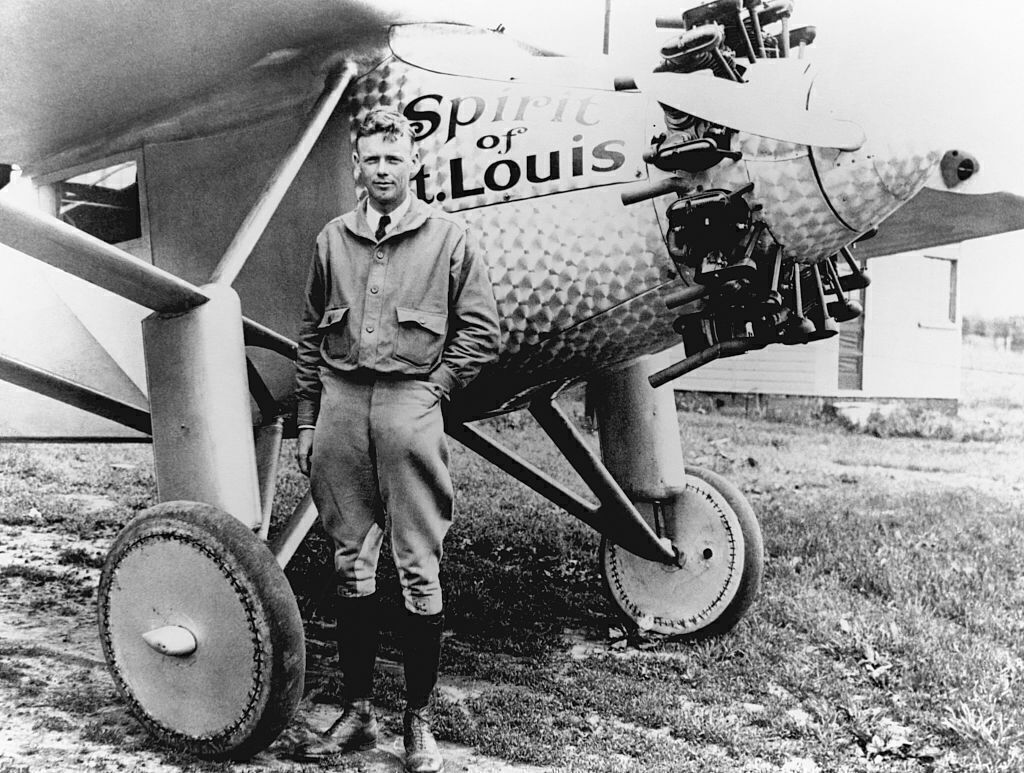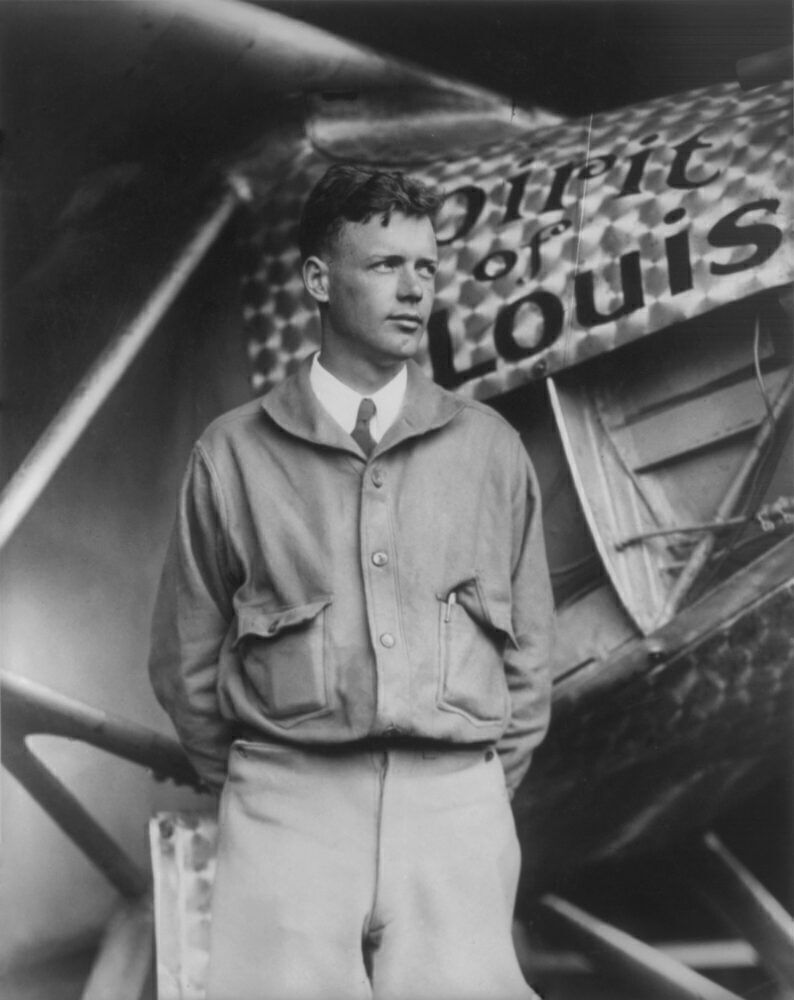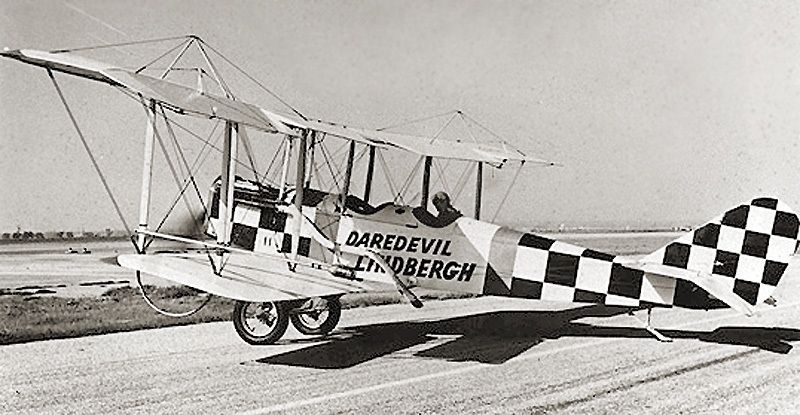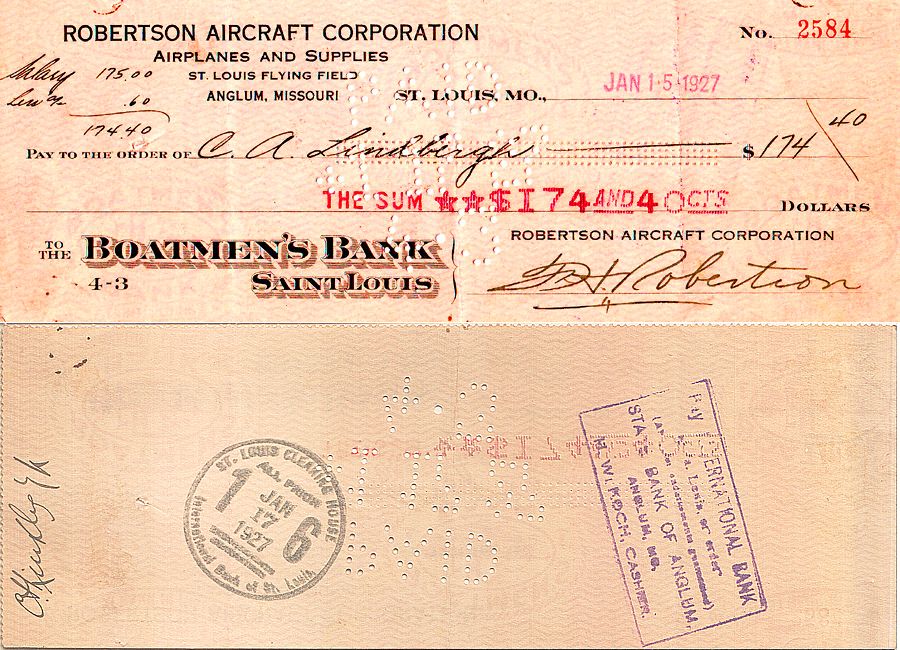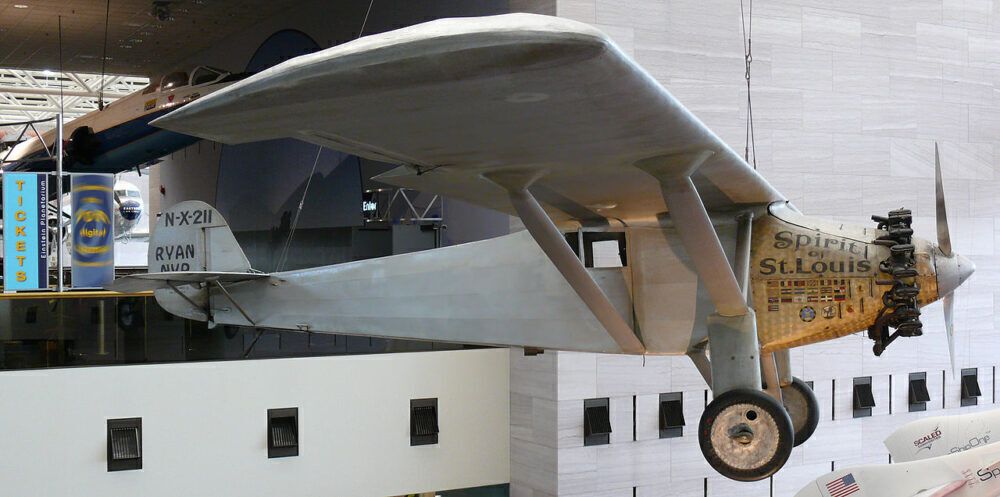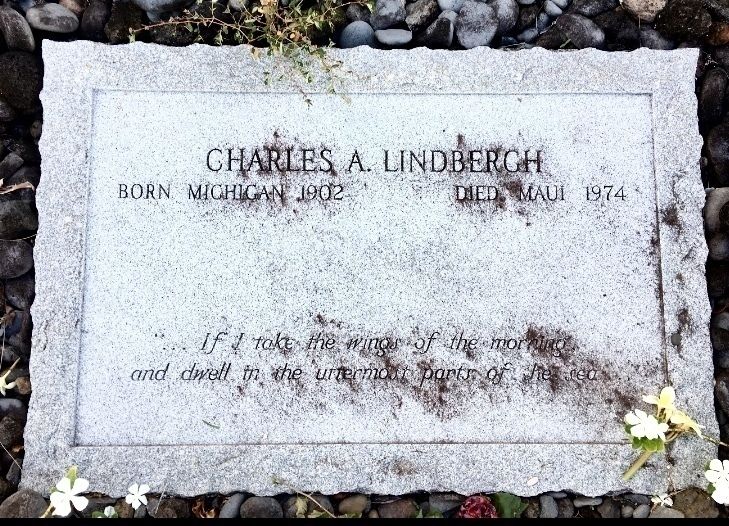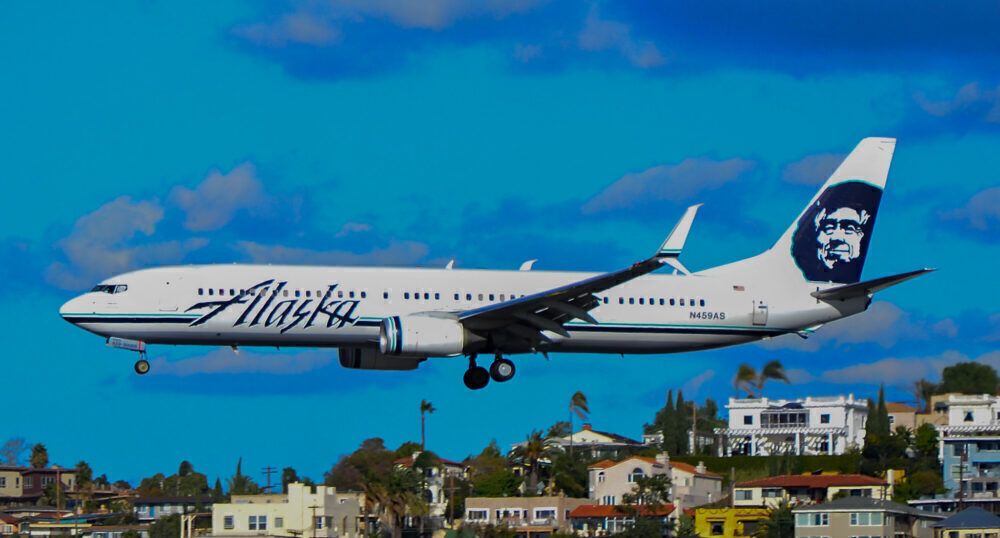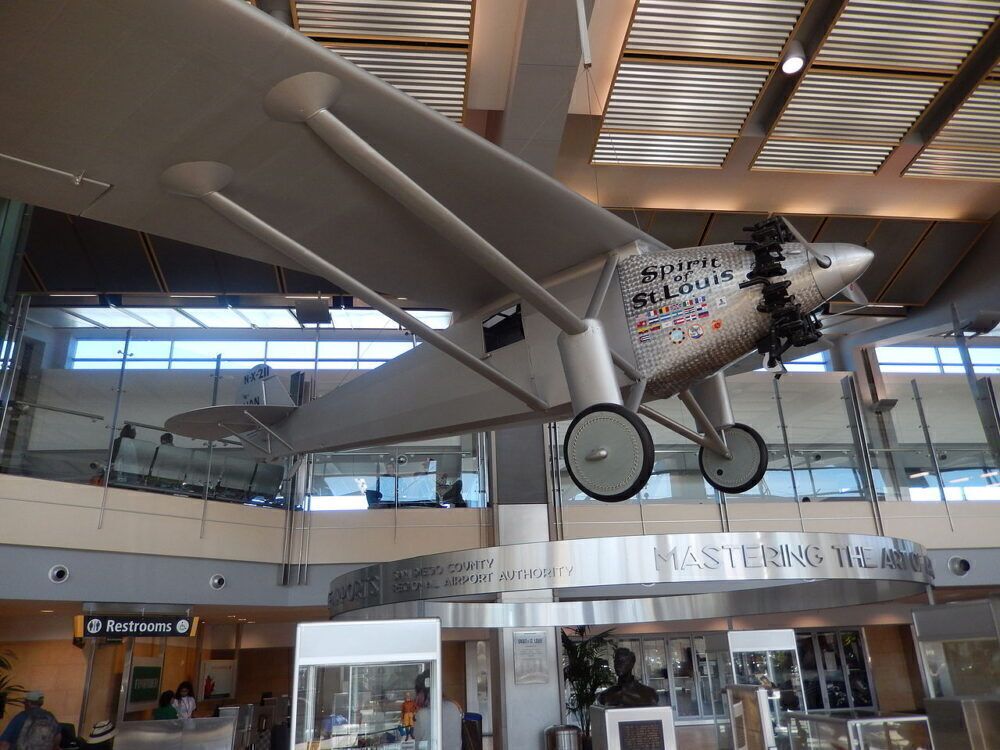Yesterday marked a very special anniversary in the world of aviation. Specifically, May 21st, 1927, saw Charles Lindbergh fly his way into the history books by completing the world's first-ever solo transatlantic flight. Let's take a look at Lindbergh's life and achievements, including, of course, his historic New York City-Paris flight 94 years ago.
Lindbergh's early years in aviation
Charles Augustus Lindbergh was born in Detroit, on February 4th, 1902. Even in his formative years, he quickly began to show an interest in mechanics, and motor vehicles such as early cars and motorbikes. This led him to enroll as an engineering student at the University of Wisconsin–Madison in 1920. By this time, he had also become interested in aviation.
However, Lindbergh never graduated from university. Instead, he elected to drop out in 1922 to commence flight training at the Nebraska Aircraft Corporation's flying school in Lincoln. This saw him take his first-ever flight on April 9th that year, as the passenger in a two-seater Lincoln Standard J biplane. The pilot on this occasion was barnstormer Otto Timm.
In addition to his flight training, Lindbergh also got to know the aviation industry of the early 1920s in various other roles. These included barnstorming, wing walking, parachuting, and working as an aircraft mechanic. However, when the winter of 1922 came around, he elected to take a break from the world of flying and temporarily return home.
Gaining experience and a first solo
When the winter was over, Lindbergh returned to flying in 1923. This year saw him complete his first-ever solo flight, in a Curtiss JN-4 'Jenny' biplane. The aircraft belonged to Lindbergh himself, having purchased it for $500 (around $7,800 today). That May, he first took the JN-4 to the skies in dual command with another pilot.
After half an hour of this arrangement, Lindbergh then completed his maiden solo flight from Souther Field in Americus, Georgia. After spending much of the rest of the year barnstorming, he then joined the United States Army Air Service in 1924. Despite a mid-air collision the following year, Lindbergh had reached the rank of Captain by 1926.
In addition to serving in the USAAS, Lindbergh also flew as a mail pilot for the Robertson Aircraft Corporation between October 1925 and February 1927. At the end of this period, he then moved to San Diego, to oversee the construction of a very special aircraft.
Stay informed: Sign up for our daily and weekly aviation news digests.
The Orteig Prize
Lindbergh is, of course, best known for having won the Orteig Prize in 1927. This was a $25,000 reward for completing the first successful non-stop transatlantic flight between New York and Paris. Heavily backed by a $15,000 loan from two St Louis businesspeople, he managed to secure the services of Ryan Aeronautical to build a plane to attempt the crossing.
The result was a one-seat high-wing monoplane known as the Ryan NYP. It was given the name Spirit of St Louis, and Lindbergh flew it from Ryan's headquarters to Roosevelt Field on New York's Long Island via St Louis on May 10th, 1927.
10 days later, Lindbergh took off from Roosevelt Field to attempt the world's first-ever solo-transatlantic crossing. He took to the skies at 07:52 local time, and was airborne for the next 33.5 hours. Despite encountering various navigational and atmospheric challenges en route, he managed to safely land the Spirit of St Louis in Paris at 22:22 local time.
A huge crowd of an estimated 150,000 onlookers had flocked to Le Bourget Aerodrome, where they dragged the triumphant Lindbergh from the plane. While the first non-stop transatlantic flight had already occurred, Lindbergh's odyssey garnered attention due to being the first solo effort, as well as 2,000 miles (3,220 km) longer than any previous crossing.
Lindbergh's later years
Lindbergh was unsurprisingly catapulted into stardom by his ground-breaking transatlantic crossing. His fame was such that, when the Second World War came around, the White House instructed the USAAF not to commission Lindbergh to serve in combat. However, he did end up flying around 50 missions in Japan with Marine pilots in 1944.
Later in Lindbergh's life, he became a passionate advocate for several environmental and conservation-based campaigns. A lot of his work in this field focused on Hawaii, where he worried about the impacts of technology on the natural world and native people.
Hawaii was also the state in which Lindbergh passed away, specifically on the island of Maui, where he is also buried. He died of lymphoma aged 72 years old on August 26th, 1974. Lindbergh's grave is at the Palapala Ho'omau Church in Kipahulu.
Giving his name to San Diego's airport
One of the most conspicuous locations where references to Lindbergh could be found was at San Diego International Airport, California. The airport opened in 1928, the year after he became the first pilot to fly solo across the Atlantic Ocean without stopping. At this time, his achievement remained fresh in the memory of many Americans.
As we have established, Lindbergh made his record-breaking in a plane built by the Ryan Airline Company under the name Ryan Aeronautical. This manufacturer was based in San Diego, and, the city agreed to construct a two-runway municipal airport in the excited aftermath of Lindbergh's ground-breaking transatlantic crossing.
Lindbergh himself was a supporter of the project, and agreed to give his name to the new airfield. It opened in August 1928 under the full name of San Diego Municipal Airport – Lindbergh Field. It retained this title for around 75 years, before the San Diego County Regional Airport Authority elected to alter it for commercial purposes in 2003.
The airport today and in the future
The airport is now officially called San Diego International. However, many still refer to it as 'Lindbergh Field.' In recent years, the airport has come under increasing pressure to remove references to Lindbergh due to his history of anti-Semitic and racist views.
However, the airport has stated that it has no reservations about honoring Lindbergh’s achievements. Today, it holds the title of the world's busiest single-runway airport. Looking to the future, it is aiming to complete an extensive redevelopment of its 54-year old Terminal 1 in light of growing passenger numbers. Completion is set to occur in 2024.
What do you make of Lindbergh's achievements in the field of solo long-range flight? Have you ever retraced his steps (or rather his flight path!) by flying as a passenger from New York City to Paris? Let us know your thoughts and experiences in the comments.

